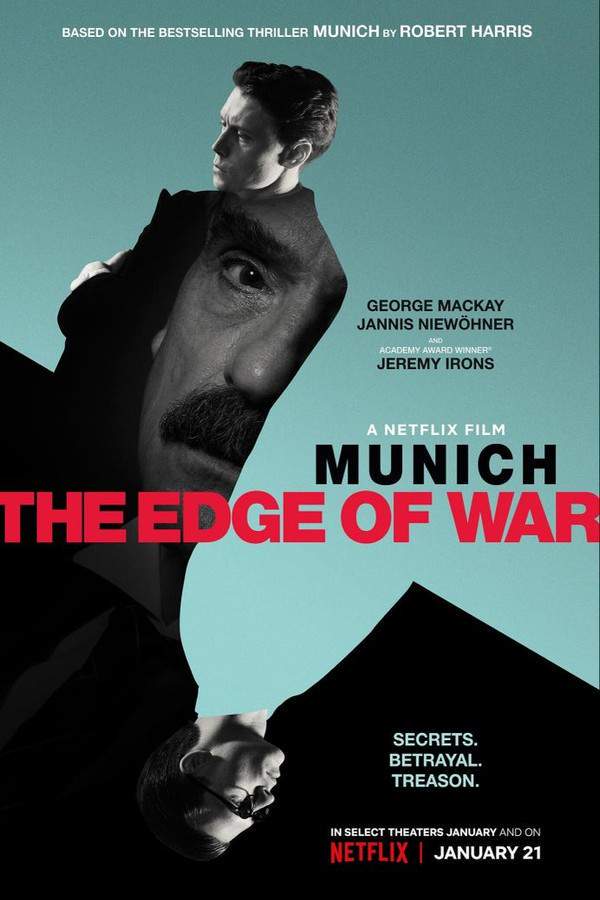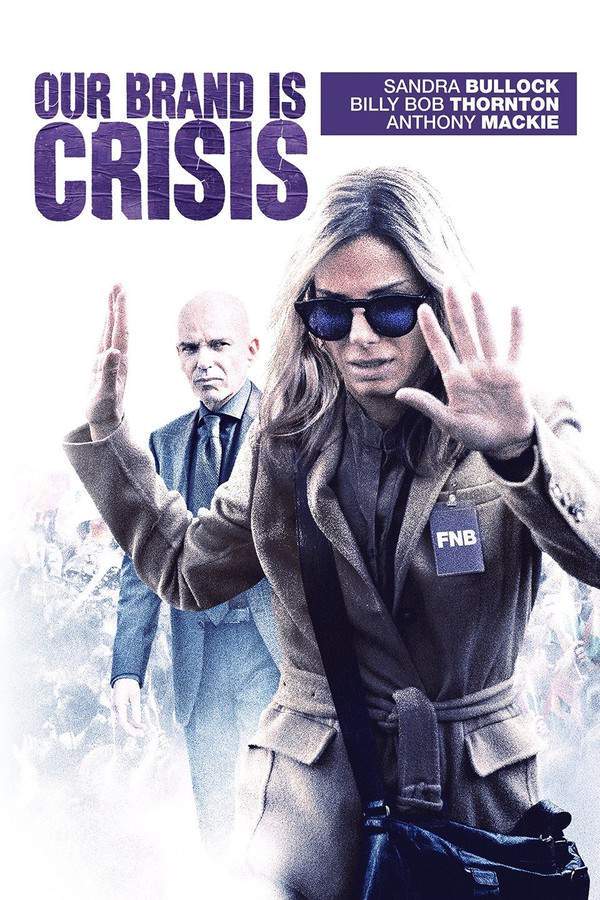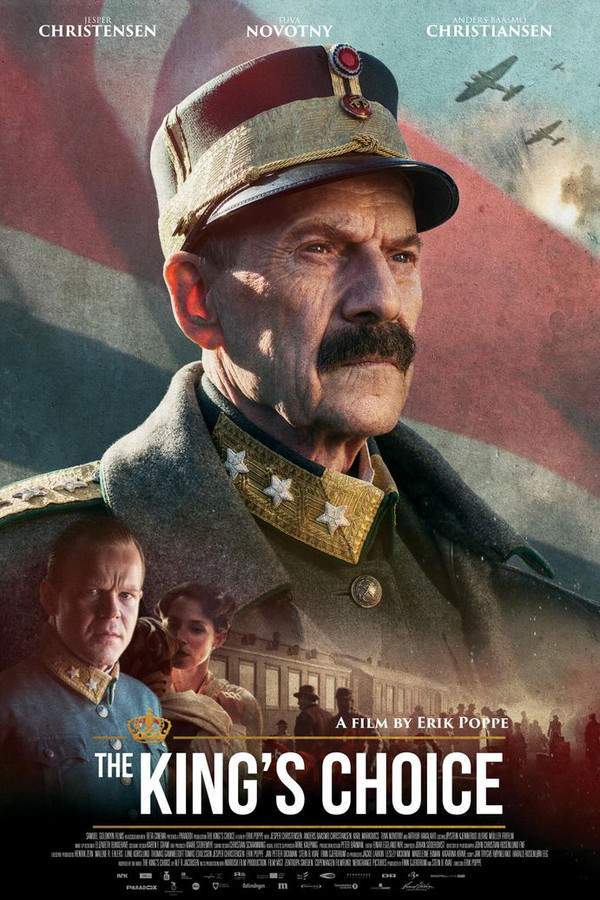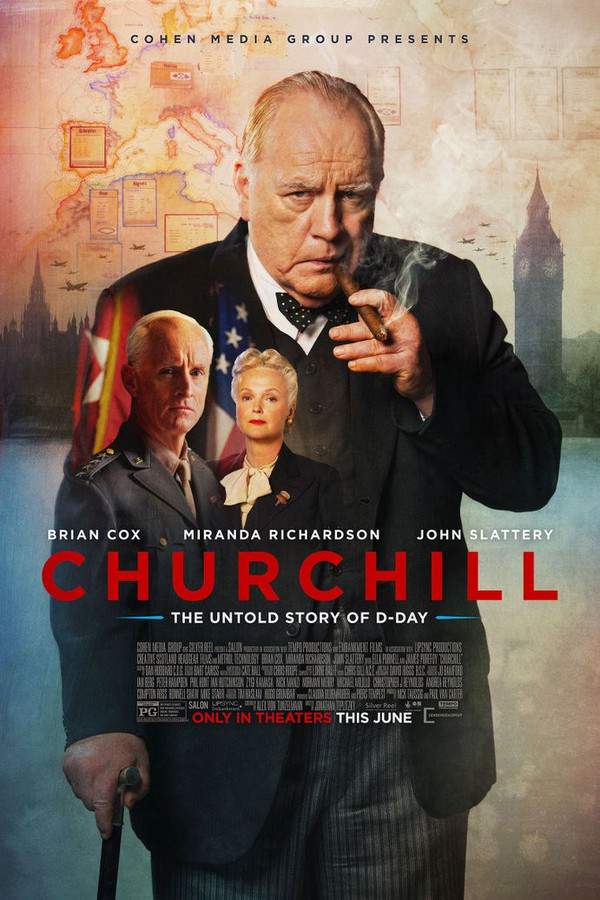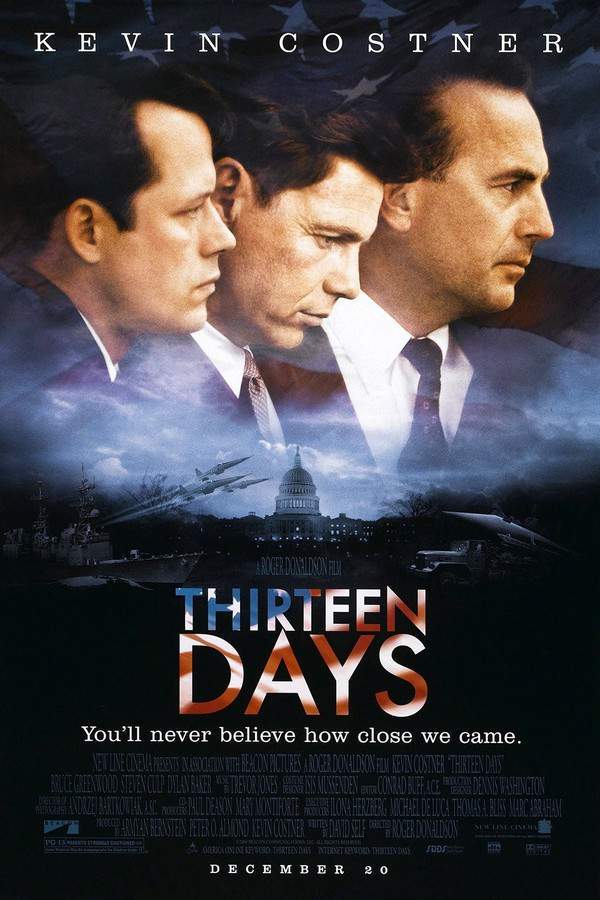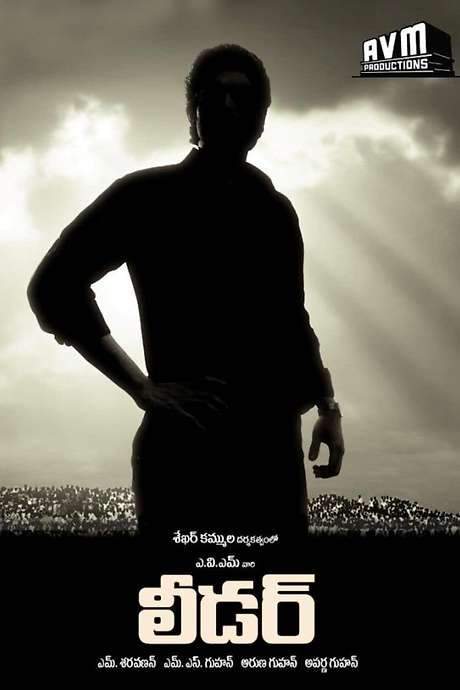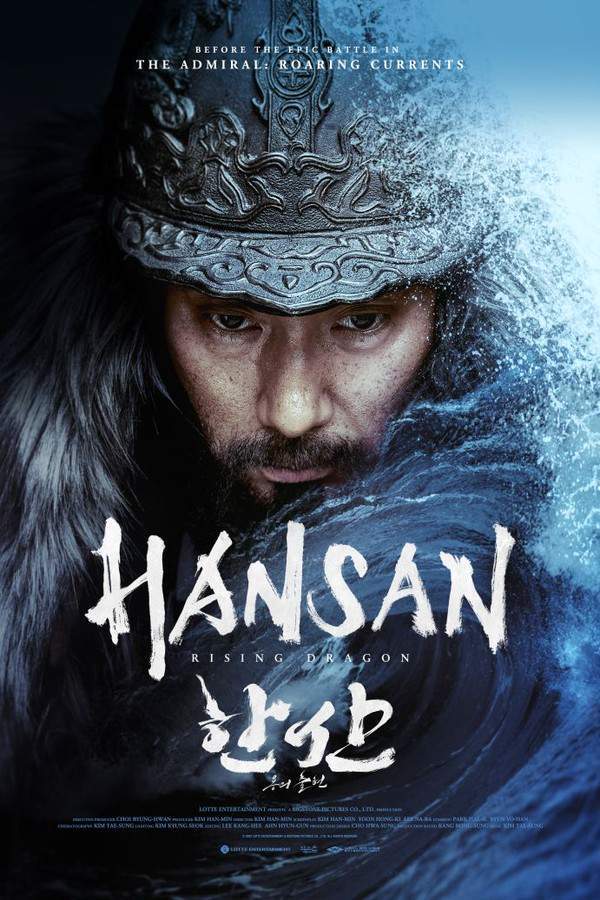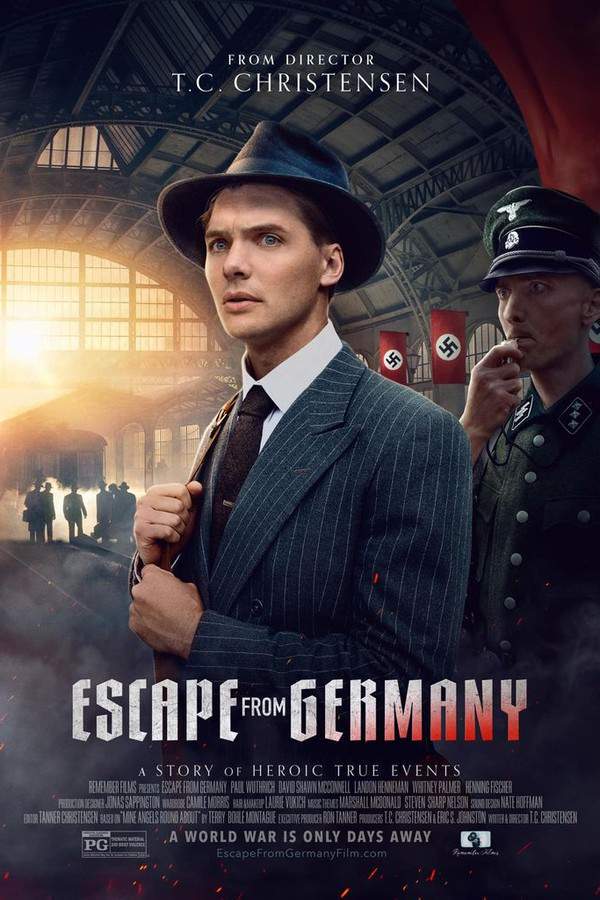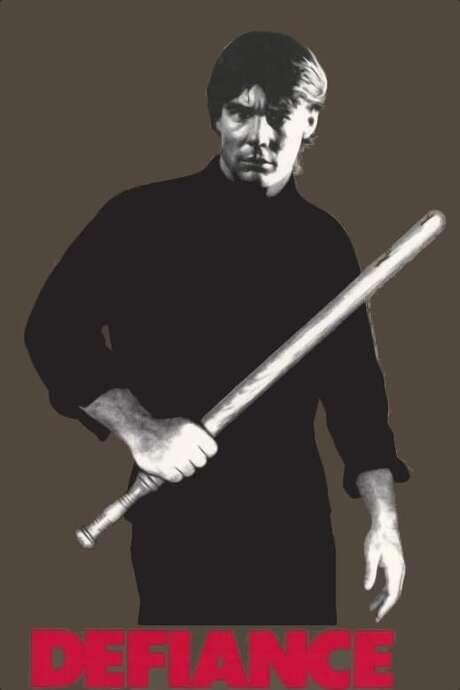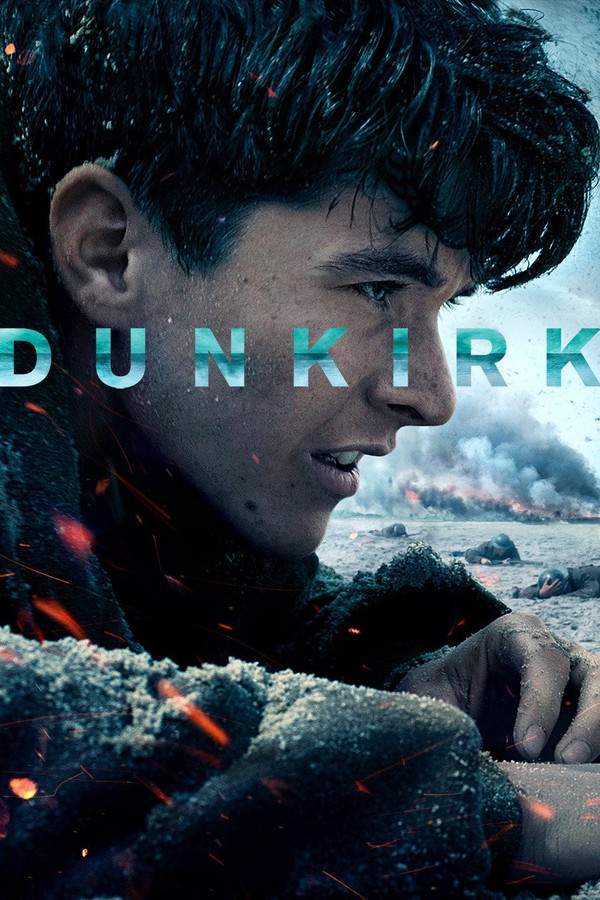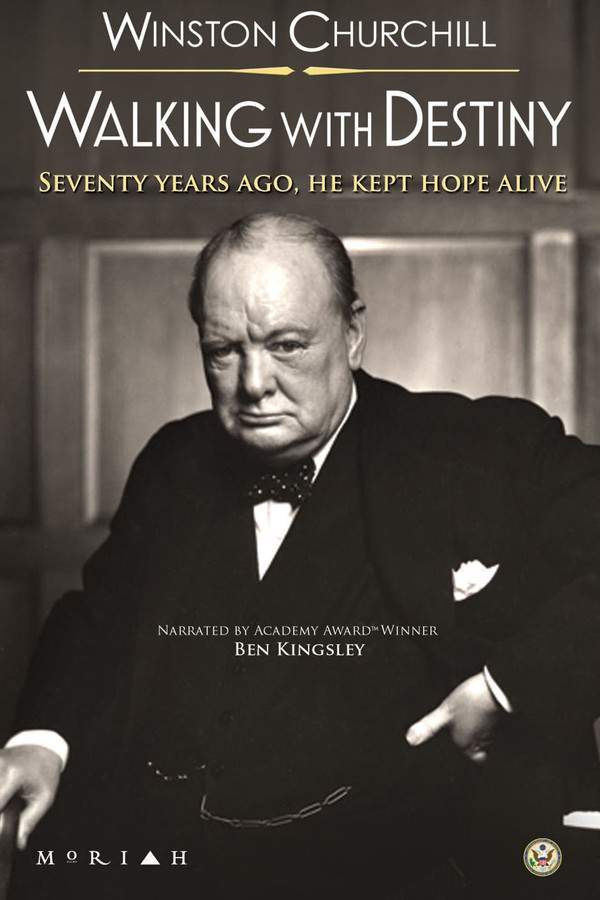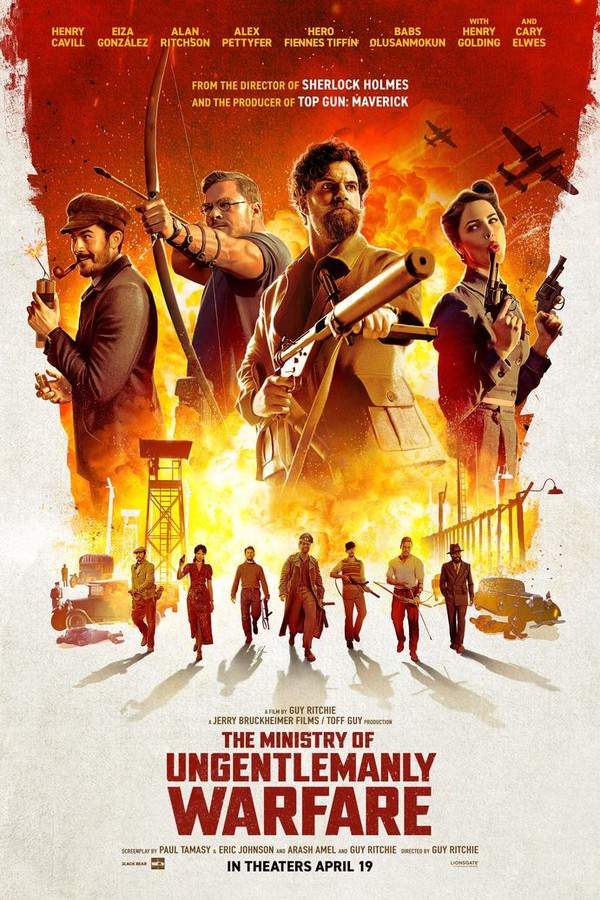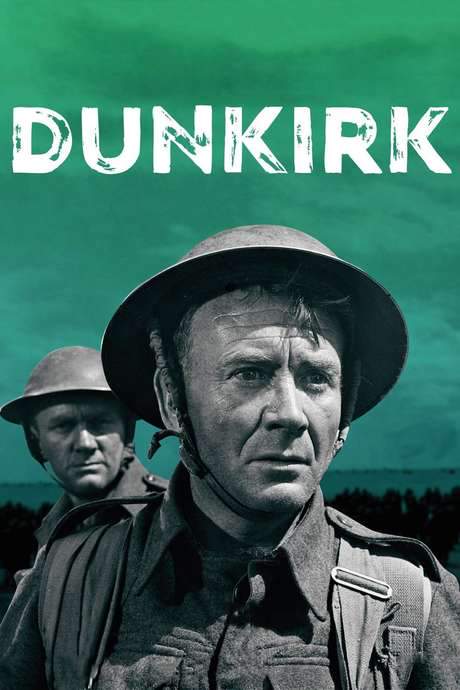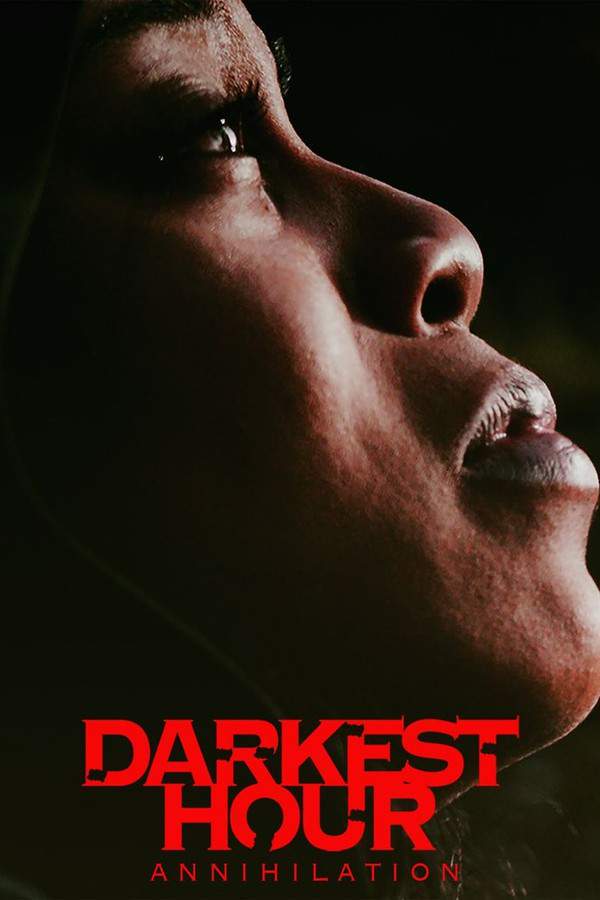
Darkest Hour
During World War II, with Nazi forces advancing across Europe, Britain faces its darkest hour. Newly appointed Prime Minister Winston Churchill must confront the agonizing decision of whether to negotiate a peace treaty or rally the nation for a desperate fight. As the Allied forces are trapped at Dunkirk, Churchill grapples with the immense pressure and uncertainty, knowing the future of his country rests on his shoulders. His resolve and leadership are challenged as he navigates a moment of unprecedented crisis.
Warning: spoilers below!
Haven’t seen Darkest Hour yet? This summary contains major spoilers. Bookmark the page, watch the movie, and come back for the full breakdown. If you're ready, scroll on and relive the story!
Darkest Hour (2017) – Full Plot Summary & Ending Explained
Read the complete plot breakdown of Darkest Hour (2017), including all key story events, major twists, and the ending explained in detail. Discover what really happened—and what it all means.
In May 1940, as World War II escalates, Britain and France stand united against the ominous threat posed by Nazi Germany. With Adolf Hitler already on a rampage, having invaded Czechoslovakia, Poland, Denmark, and Norway, the danger looms ever larger as 3 million German troops gather on the Belgian border, intent on conquering the rest of Europe.
In this critical context, the Opposition Labor Party in Parliament calls for the resignation of British Prime Minister Neville Chamberlain, criticizing him for his perceived ineffectiveness in safeguarding national security. They hold him responsible for the nation’s lack of preparedness against the advancing Nazi regime. Chamberlain, against this backdrop, contemplates stepping down and favors Lord Halifax as his successor, but Halifax hesitates, dismissing the notion due to his position in the House of Lords. Consequently, Chamberlain looks towards Winston Churchill, the First Lord of the Admiralty, as the only viable alternative.
On her very first day of work, Elizabeth Layton (Lily James), Churchill’s new secretary, inadvertently disrupts his flow by not adhering strictly to his orders. After a particularly contentious encounter where Churchill’s sharp words nearly drive her away in tears, his wife Clementine steps in to remind him of the importance of temperance and kindness in his leadership role. On May 10th, King George VI (Ben Mendelsohn) reluctantly instructs Churchill to form a government, which includes Chamberlain and Halifax, although he secretly desires Halifax to take the prime ministerial helm.
Churchill’s prior track record does little to bolster confidence; it is marred by several military disappointments, such as the tragic Gallipoli Campaign, which resulted in 25,000 deaths. His stance against Indian self-governance and support for Edward VIII during his abdication further complicate his reputation. Despite his questionable past, some political allies, like Anthony Eden, remain by his side as he assembles his war cabinet, including himself, Chamberlain, Viscount Halifax, and Clement Attlee.
By May 13th, Germany invades France, rapidly advancing and taking control of strategic points. Parliament showcases its discontent following Churchill’s first speech, filled with determination yet met with skepticism. While Halifax and Chamberlain wish to negotiate peace through intermediaries, Churchill remains resolute, standing firm against any acceptance of surrender.
With the British Expeditionary Force cornered at Dunkirk and Calais, the situation grows dire. The lack of air cover for British troops and the ceasing of navy operations put immense pressure on Churchill. He travels to France to galvanize the French forces, but is met with disbelief as the French Prime Minister dismisses his optimism regarding the military situation.
In a notable moment on May 19th, Churchill paints a rosy picture to the nation, claiming victories over German advances, despite the grim reality of their full retreat. Clementine implores him to provide hope to the populace. However, King George VI warns against misleading the public, urging Churchill to remain truthful.
As the situation deteriorates, on May 25th, Churchill authorizes a desperate counter-strategy, sending Brigadier Claude Nicholson (Richard Glove) and his troops on what appears to be a suicide mission to distract the enemy, allowing for the evacuation of troops at Dunkirk under Operation Dynamo. The pressure mounts when Halifax demands a promise of no peace negotiations without a fight, which leads to a pivotal moment in their discussions.
With the majority of the British forces trapped and Belgium poised to surrender, Churchill grapples with the enormity of the war cabinet’s stance against him. As discussions intensify on negotiating with Germany, Churchill remains determined to sustain a posture of resistance.
In a poignant moment on May 27th, King George VI pays an unannounced visit, encouraging Churchill to rally the British spirit to continue resisting. Over the next few days, Churchill seeks insight from London’s everyday citizens, ultimately finding their resolve to fight against German aggression. Returning to the war cabinet, he confronts those who favor surrender, urging them to abandon any plans for negotiation.
In a triumphant speech, Churchill’s defiance becomes clear as he declares, >“We shall fight on the beaches,” rallying support from the Parliament and quelling any dissent. As the credits roll, the narrative reveals Chamberlain’s passing and Halifax’s diplomatic journey to the United States, while Churchill remains at the helm as Prime Minister until the Allied victory in May 1945, only to lose the General Election later that July.
Last Updated: November 03, 2024 at 23:01
Explore Movie Threads
Discover curated groups of movies connected by mood, themes, and story style. Browse collections built around emotion, atmosphere, and narrative focus to easily find films that match what you feel like watching right now.
Movies About Leadership in Crisis Like Darkest Hour
Stories of leaders making agonizing decisions with the fate of nations at stake.If you were captivated by the tense political drama and Churchill's resolute leadership in Darkest Hour, explore similar movies about leaders facing immense pressure. This thread highlights films with high-stakes decision-making, historical significance, and a focus on the personal toll of guiding a nation through its most challenging moments.
Narrative Summary
Narratives in this thread typically follow a leader or a small group at the center of a major crisis. The plot revolves around conflicting advice, intense debate, and the agonizing weight of a single decision that will impact countless lives. The journey is one of personal conviction battling against overwhelming odds, often culminating in a defining moment of action.
Why These Movies?
Movies are grouped here because they share a central theme of leadership tested by extreme circumstances. They create a specific, tense atmosphere defined by high-stakes dialogue, somber settings, and a heavy emotional weight stemming from the consequences of pivotal choices.
Tense and Resolute Historical Dramas Like Darkest Hour
Gripping stories from history where human spirit triumphs over dire circumstances.For viewers who enjoyed the urgent, high-stakes tension and ultimate victory in Darkest Hour, this collection features similar historical dramas. Discover movies that recreate pivotal moments with a tense, anxious mood but ultimately deliver a powerful sense of hope and human resolve against overwhelming adversity.
Narrative Summary
The narrative pattern follows a group or individual facing a seemingly insurmountable historical threat. The story builds tension through a series of escalating crises and setbacks, creating a feeling of imminent collapse. The emotional journey is one of mounting anxiety that is ultimately resolved through a triumph of will, strategy, or spirit, leading to a satisfying, happy ending.
Why These Movies?
These films are grouped by their shared ability to generate a specific emotional mix: intense tension and anxiety that resolves into a powerful feeling of hope. They combine a serious, fact-based setting with a narrative arc that affirms the strength of the human spirit, providing a cathartic viewing experience.
Unlock the Full Story of Darkest Hour
Don't stop at just watching — explore Darkest Hour in full detail. From the complete plot summary and scene-by-scene timeline to character breakdowns, thematic analysis, and a deep dive into the ending — every page helps you truly understand what Darkest Hour is all about. Plus, discover what's next after the movie.
Darkest Hour Timeline
Track the full timeline of Darkest Hour with every major event arranged chronologically. Perfect for decoding non-linear storytelling, flashbacks, or parallel narratives with a clear scene-by-scene breakdown.

Characters, Settings & Themes in Darkest Hour
Discover the characters, locations, and core themes that shape Darkest Hour. Get insights into symbolic elements, setting significance, and deeper narrative meaning — ideal for thematic analysis and movie breakdowns.

Darkest Hour Spoiler-Free Summary
Get a quick, spoiler-free overview of Darkest Hour that covers the main plot points and key details without revealing any major twists or spoilers. Perfect for those who want to know what to expect before diving in.

More About Darkest Hour
Visit What's After the Movie to explore more about Darkest Hour: box office results, cast and crew info, production details, post-credit scenes, and external links — all in one place for movie fans and researchers.

Similar Movies to Darkest Hour
Discover movies like Darkest Hour that share similar genres, themes, and storytelling elements. Whether you’re drawn to the atmosphere, character arcs, or plot structure, these curated recommendations will help you explore more films you’ll love.
Explore More About Movie Darkest Hour
Darkest Hour (2017) Scene-by-Scene Movie Timeline
Darkest Hour (2017) Movie Characters, Themes & Settings
Darkest Hour (2017) Spoiler-Free Summary & Key Flow
Movies Like Darkest Hour – Similar Titles You’ll Enjoy
Dunkirk (2017) Full Movie Breakdown
Munich: The Edge of War (2022) Complete Plot Breakdown
Churchill (2017) Ending Explained & Film Insights
Winston Churchill: Walking with Destiny (2010) Movie Recap & Themes
The Ministry of Ungentlemanly Warfare (2024) Spoiler-Packed Plot Recap
The Eagle and the Lion: Hitler vs Churchill (2017) Ending Explained & Film Insights
The Gathering Storm (2002) Movie Recap & Themes
Countdown to War (1989) Full Movie Breakdown
Words for Battle (1941) Film Overview & Timeline
The Gathering Storm (1974) Plot Summary & Ending Explained
Churchill’s Island (1941) Spoiler-Packed Plot Recap
Dunkirk (1958) Plot Summary & Ending Explained
Churchill at War (1000) Movie Recap & Themes
The Finest Hours (1964) Full Summary & Key Details
Into the Storm (2009) Complete Plot Breakdown

